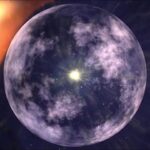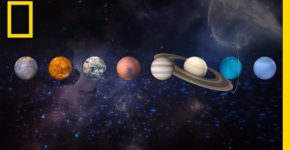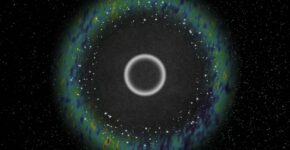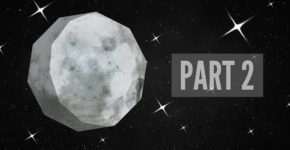Voyager 2 Enters Interstellar Space
Launched over 41 years ago, the Voyager 2 probe has become the second man-made object to enter interstellar space. Voyager 1 was the first in 2012.
Voyager 2 has left what is known as the heliosphere. The heliosphere is a vast bubble of plasma and particles generated by the sun and stirred by solar winds. This bubble ends at a boundary called the heliopause, where the sun’s magnetic field peters out and solar winds give way to interstellar space.
“Inside the bubble, most of the material has come from our sun and the magnetic field has come from our sun,” Voyager project scientist Ed Stone explained in a video provided by NASA. “Outside the bubble, most of the material comes from other stars that exploded 5, 10, 15 million years ago.”
Our solar system ends where the sun’s gravitational influence no longer reaches at the outer boundaries of the Oort Cloud. It will take another 300 years for Voyager 2 to reach the inner edge of the Oort Cloud and about 30,000 years to fly beyond it.





